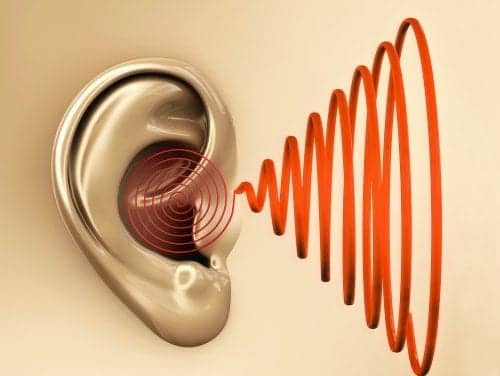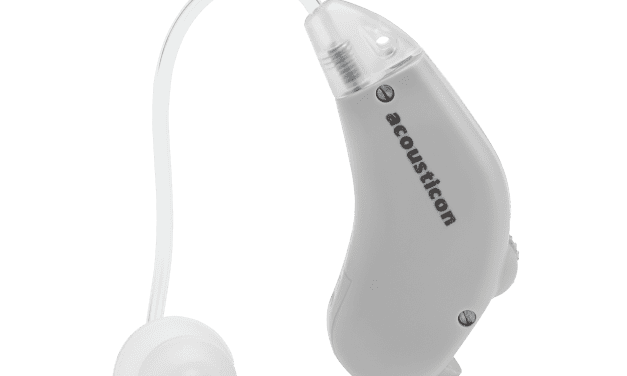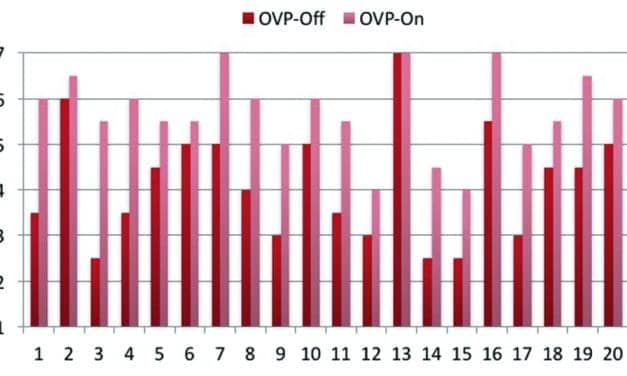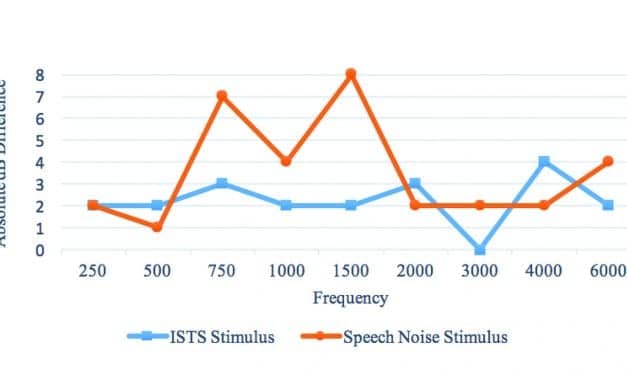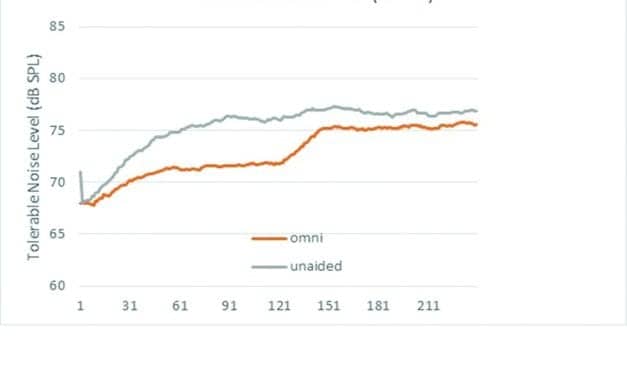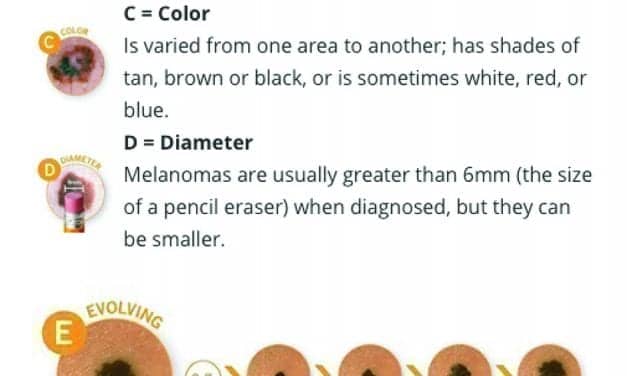'BBC' Team Records Potentially Harmful Noise Levels on London Underground
British Broadcasting Corporation (BBC) sound level recordings at a London Underground station showed public transit trips that peaked at 109 dB, according to an article on BBC.com.
Read More
